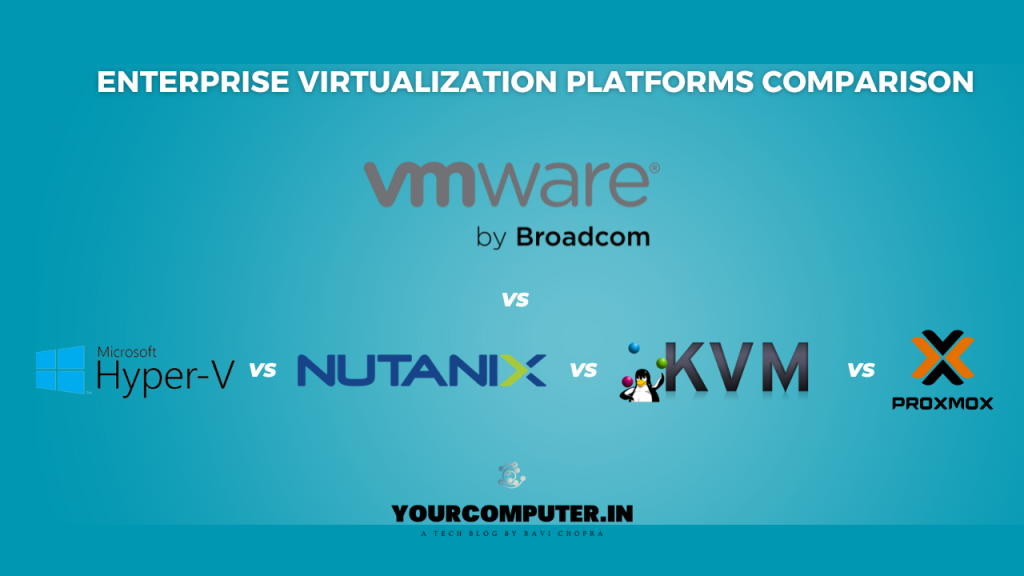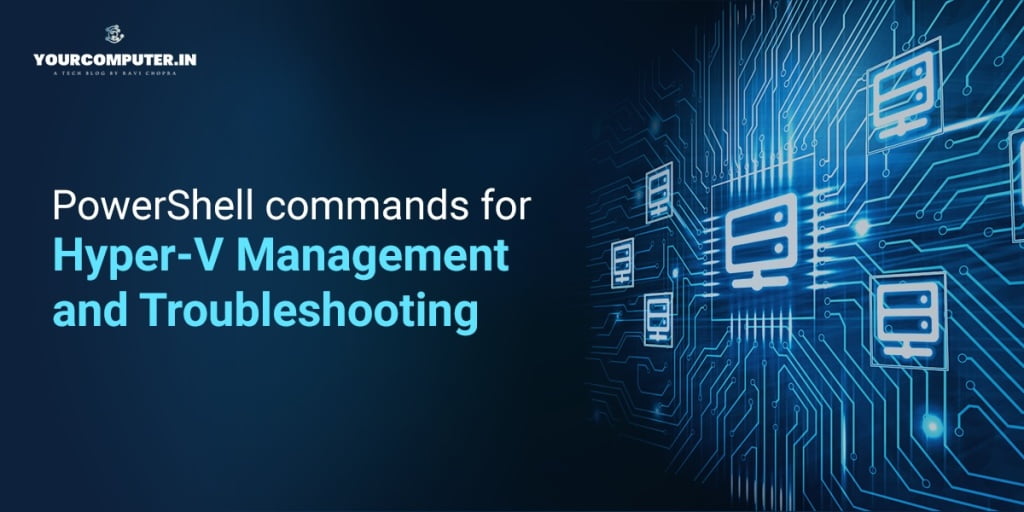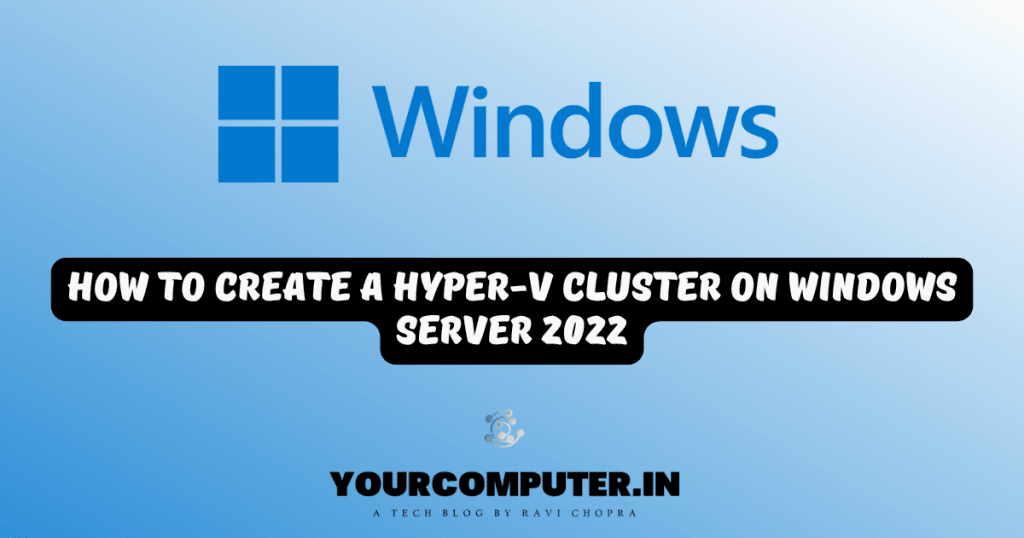Enterprise Virtualization Platforms Comparison of VMware, Hyper-V, KVM, Proxmox & Nutanix: Detailed analysis of costs, features & performance. Includes post-Broadcom impact on enterprise choices.
Current Market Dynamics
The virtualization landscape is experiencing a significant shift following Broadcom’s $69 billion acquisition of VMware in 2023. This acquisition has triggered several market changes:
Impact of Broadcom Acquisition
- Substantial price increases for VMware licenses and support
- Shift from perpetual licenses to subscription-based models
- Streamlined product portfolio with focus on core offerings
- Changes to partner programs and support structures
Industry Response
- Organizations actively exploring alternative virtualization solutions
- Increased interest in open-source platforms like KVM and Proxmox
- Rise in multi-hypervisor strategies to reduce vendor lock-in
- Growing adoption of cloud-native alternatives
Migration Trends
- Mid-size enterprises leading the transition to alternatives
- Large enterprises developing multi-year transition strategies
- Increased focus on automation and platform-agnostic tools
- Rising demand for migration expertise and tools
VMware vSphere

Strengths
- Industry-leading maturity and reliability
- Extensive ecosystem of management tools and third-party integrations
- Advanced features like vMotion, DRS, and HA
- Superior snapshot management and backup integration
- Comprehensive monitoring and troubleshooting capabilities
Current Challenges
- Significant cost increases under Broadcom ownership
- Uncertainty around future product roadmap
- Changes to support and licensing models
- Reduced flexibility in licensing options
- Potential discontinuation of certain product lines
Cost Considerations
- Higher renewal costs under new ownership
- Shift from perpetual to subscription licensing
- Reduced negotiation flexibility
- Additional costs for migration if transitioning away
Best Suited For
- Organizations heavily invested in VMware ecosystem
- Enterprises requiring maximum stability and feature set
- Companies with complex infrastructure requirements
- Businesses able to absorb increased licensing costs
Migration Considerations
Organizations considering alternatives should evaluate:
- Total cost of ownership including migration efforts
- Technical expertise required for alternative platforms
- Impact on existing automation and management tools
- Integration with current backup and DR solutions
- Training requirements for IT staff
4 Alternative Virtualization Solutions
1. Hyper-V

Hyper-V is Microsoft’s virtualization platform, primarily designed for Windows environments, that enables users to create and manage virtual machines on Windows-based servers. It offers strong integration with other Microsoft products and supports features such as live migration, resource management, and VM replication, making it ideal for organizations heavily invested in the Windows ecosystem.
Official Link: Microsoft Hyper-V
Also Read : How to Create a Hyper-V Cluster on Windows Server 2022 -Step-by-Step Guide
2. KVM (Kernel-based Virtual Machine)

KVM is an open-source virtualization solution integrated directly into the Linux kernel, turning Linux into a hypervisor. It supports a range of guest operating systems and offers advanced features like live migration, scalability, and flexibility, making it suitable for both enterprise and cloud environments. KVM is widely used for virtualization in Linux environments due to its performance and security.
Official Link: KVM on Linux
3. Proxmox

Proxmox Virtual Environment is an open-source platform for managing virtual machines and containers. It supports both KVM-based virtual machines and LXC containers, and offers a web-based interface for managing infrastructure. Proxmox also includes clustering, backup, and storage features, making it a popular choice for small to medium businesses and labs.
Official Link: Proxmox Virtual Environment
4. Nutanix

Nutanix provides an enterprise cloud platform that combines hyperconverged infrastructure with integrated virtualization, commonly using its AHV (Acropolis Hypervisor). Nutanix simplifies data center management and offers high availability, scalability, and cloud integration, making it an appealing solution for large enterprises seeking a hybrid cloud approach.
Official Link: Nutanix
Cost Comparison Analysis
Initial Investment
- VMware: Very High (increased licensing costs under Broadcom)
- Hyper-V: Medium (Windows licenses required)
- KVM: Low (free, support optional)
- Proxmox: Low (free, subscription optional)
- Nutanix: High (hardware + software)
Operational Costs
- VMware: Very High (substantial increase in renewal fees)
- Hyper-V: Medium (Windows licenses and support)
- KVM: Low (mainly staff expertise)
- Proxmox: Low (optional support subscriptions)
- Nutanix: Medium to high (support and maintenance)
Migration Costs (From VMware)
- Hyper-V: Medium to High (requires new tooling and training)
- KVM: High (significant retraining and tool replacement)
- Proxmox: Medium to High (learning curve but similar concepts)
- Nutanix: Medium (familiar interface, migration tools available)
Strategic Recommendations
For Current VMware Users
- Evaluate current licensing costs and projected increases
- Assess business impact of staying vs. migrating
- Consider pilot projects with alternative platforms
- Develop multi-year transition strategy if needed
- Invest in platform-agnostic automation tools
For New Deployments
- Carefully consider long-term cost implications
- Evaluate open-source alternatives for cost savings
- Assess internal technical capabilities
- Consider hybrid approaches using multiple platforms
- Factor in training and expertise development
Also Read: PowerShell Commands for Hyper-V Management and Troubleshooting
Additional Considerations
Risk Mitigation Strategies
- Implement multi-hypervisor environments
- Develop vendor-neutral automation
- Focus on containerization where possible
- Build internal expertise across platforms
- Maintain detailed documentation of workloads
Future Outlook
- Continued market consolidation likely
- Growing importance of cloud-native solutions
- Increased focus on automation and orchestration
- Rising adoption of open-source alternatives
- Evolution of hybrid cloud strategies
- Why should you automate Active Directory cleanup? - 17 June 2025
- Troubleshooting: Unable to Add Instance Failover Group to Azure SQL Managed Instance - 4 March 2025
- 10 Azure Virtual Desktop (AVD) Cost-Optimization Strategies for 2025 💡💰 - 22 February 2025



